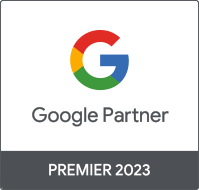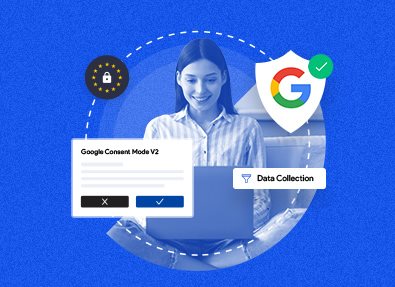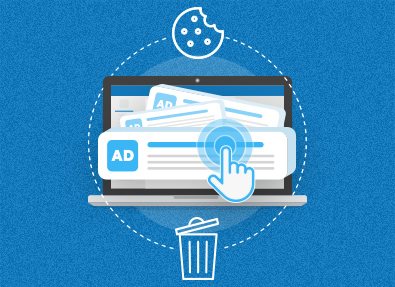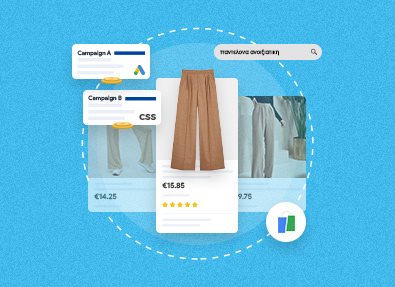
Solving the Riddle of Comparison Shopping Services (CSS)
The online retail landscape is witnessing a significant shift. Many companies are shifting towards Comparison Shopping Services (CSS) to expand their reach and capture a larger customer base. These platforms offer the enticing prospect of increased product exposure across multiple platforms, alongside the potential for slashing advertising costs by a tempting 20%. However, before you join the CSS bandwagon, let's take a closer look at the realities of this marketing tool and how to leverage it strategically.
What are CSS and how they work
Comparison Shopping Services (CSS) are websites that collect product offers from retailers and place Shopping ads on behalf of merchants in Google's search results. CSS emerged from a ruling in 2015 that required Google to allow other price comparison services to participate in its Shopping ads auction, which was previously dominated by Google Shopping.
Here's an example of a Google Shopping ad placed by Google and Partners CSS:
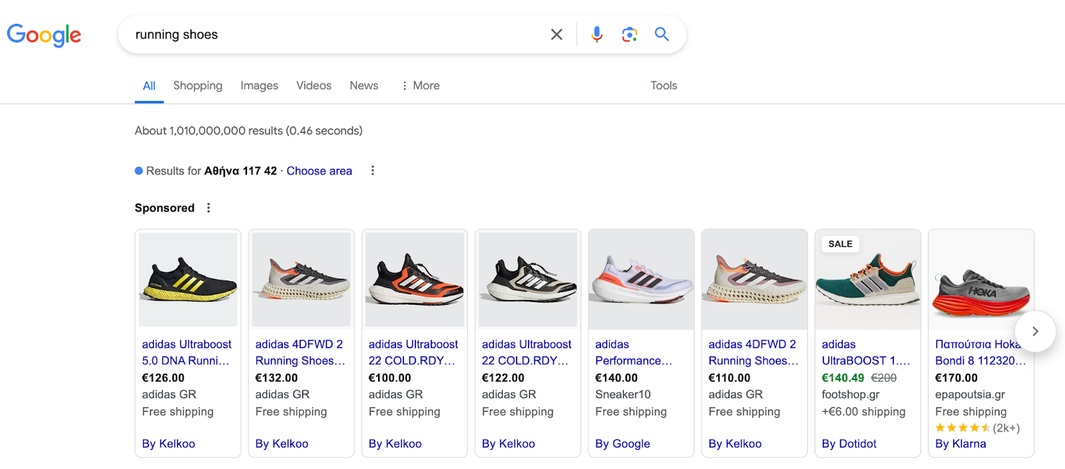
The main idea behind CSS is to introduce competition and provide merchants with alternative options for advertising their products on Google Shopping, beyond just using Google's own service.
When a user clicks on the "By CSS Partner" link at the bottom of the ad, they are taken to the website of the CSS partner that placed the ad, where they can potentially find more information or purchase the product.
The process works as follows:
While the ads still direct users to the merchant's website for purchases, the CSS program allows merchants to leverage the expertise and services of third-party price comparison platforms, potentially offering advantages such as reduced costs, better optimization, and additional features.
Sponsored & Organic:
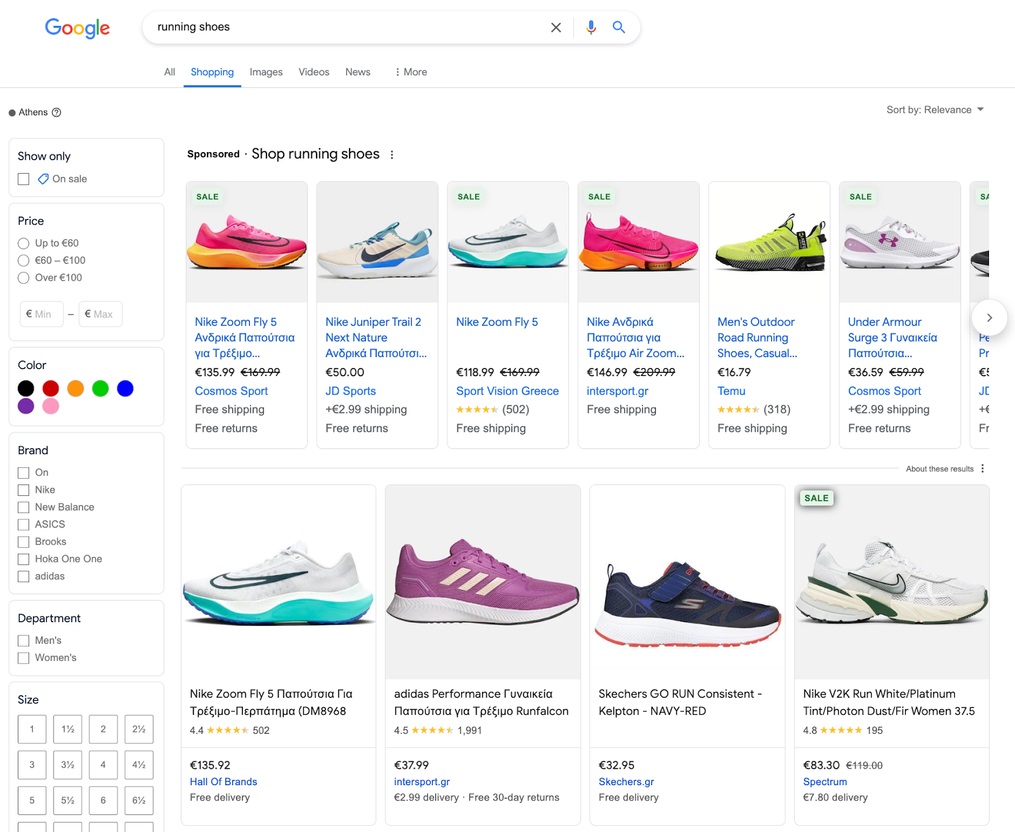
Overall, the CSS program aims to promote competition and provide merchants with more options for advertising their products on Google Shopping, beyond solely relying on Google's own service.
The Enticing Allure of the 20% Discount: A Closer Look
Many CSS providers advertise a seemingly irresistible offer: a substantial reduction in your Google Shopping CPC (cost-per-click). This might sound like a surefire way to boost your bottom line, but the truth is more nuanced.
Here's why achieving the advertised 20% discount consistently is a challenge:
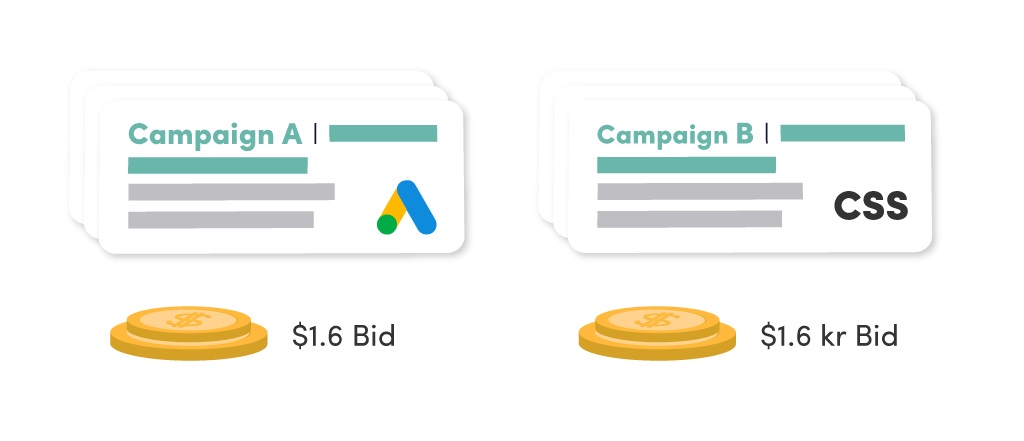
Source: https://savvyrevenue.com/blog/css/
Beyond the Myth: The True Value of CSS
While achieving a consistent 20% discount on CPC might be elusive, CSS still offers significant value for online retailers when used strategically:
While the elusive 20% discount on CPC might not be a guaranteed outcome, there's a significant benefit to using CSS partners in conjunction with Google Shopping: brand awareness amplification. Having your products displayed on multiple shopping engines and marketplaces alongside Google Shopping significantly increases your overall brand visibility. This allows you to reach new customer segments who might not be familiar with your store, potentially attracting them organically over time.
By utilizing both Google Shopping and CSS partners, you create a wider net for potential customers. This can be particularly impactful for new or niche retailers who are trying to establish themselves in the online marketplace.
Unlocking the Power of CSS: A Strategic Approach
To reap the full benefits of CSS and avoid potential pitfalls, a well-defined strategy is essential. Here are some key considerations for online retailers:
Advanced Strategies for Maximizing ROI
For online retailers seeking to squeeze the most out of their CSS investment, consider these additional strategies:
The Takeaway: A Valuable Tool, Not a Magic Bullet
Comparison Shopping Services can be a valuable tool in your online marketing arsenal, but it's crucial to utilize them strategically. While achieving the heavily advertised discounts might not be readily achievable in every scenario, focusing on brand awareness amplification through an integrated digital marketing media plan, targeted customer acquisition, and leveraging product comparisons can significantly enhance your online marketing efforts. By choosing the right partner, optimizing your product data, diligently monitoring your campaigns, and potentially implementing advanced strategies, you can unlock the true power of CSS and achieve your business goals.
Additional Considerations
By implementing these considerations and leveraging the functionalities of CSS strategically, online retailers can expand their reach, attract new customers, and ultimately achieve their online sales goals.
It is essential to find your partner along this journey, in the eyes of a company with experience and proven performance track record on strategic thinking. Lighthouse is one of them. Get to know us by contacting our team!
References:
https://www.wordstream.com/
https://searchengineland.com/
https://www.3qdept.com/services/ecommerce-marketplaces/
https://brightbid.com/no/blog/why-use-multiple-google-shopping-css/
https://www.channelengine.com/channelengine-vs-channeladvisor
https://savvyrevenue.com/blog/css/







